
Whoowee, does our batting record suck. Looking back at last year’s predictions, we failed (spectacularly, we might add) on every single prediction. The biggest being Kawasaki completely catching us off guard on the whole “new hull for 2016” thing and delivered not a Spark-fighter as we were led to believe, but an 8-foot, 7-inch long, 551-pound 4-stroke standup using the powertrain of the now 14-year-old STX-15F. No mid-sized performance runabout to compete with Yamaha’s GP1800 or RXP-X either. So this is us eating crow.
And speaking of the RXP-X, despite Sea-Doo’s introduction of the 300-horsepower unit and its RXT-X sibling, much of the field for AquaX (and Pro Watercross, for that matter) consisted of big-inch Yamahas, the most surprising being the FX SVHO’s dark horse dominance over many offshore and endurance events in 2016, even usurping the mainstay Ultra 310X at the Long Beach to Catalina and KaruJet. And of course, how could we not mention Yamaha’s mothballing of the FZR (and S) for the smaller, lighter and more powerful (via power-to-weight) GP1800?
No doubt last year was one of surprises and unexpected turnarounds, and while we feel a little less equipped with supposed “insider information” (some of which happened to be purposefully misguiding), we do have enough deductive reasoning to make some solid predictions for this year (and more yet to come) that we’re 95-percent positive. Now, admittedly we’re over a month late with this story and have seen some motions to help solidify these prophecies, so we’re cheating just a little bit.

Kawasaki
It has been purported that prior to 2017, Kawasaki’s total annual production runs have averaged around 3,500 units. That includes all Ultra configurations (LX, 310X, 310X Special Edition (SE), 310R and 310LX) as well as the aforementioned STX-15F. It was expressed to The Watercraft Journal that in order for Kawasaki to have justified building the new SX-R JetSki, a total 3,000 units would need to be sold in 2017 (whether that is domestic or international sales remains uncertain). Priced at $9,999 MSRP, the big JetSki has all the potential to meet that goal, but Kawasaki’s existing PWC dealer network will be tested to its limits.
We’ve already heard of faithful Kawasaki motorcycle and UTV dealers who’ve since jettisoned their watercraft offerings being “heavily encouraged” to pick up flooring of the SX-R – if only that one model. Surely, the heat is on for Kawasaki to move as many 160-horsepower JetSkis as possible to quantify the gamble. As a bit of insider info, we recently learned that foreign-built SX-Rs differ from domestics in its “labels, certification numbers, fuel tank, etc.,” in order to meet emission and regulatory differences in the US. This is good news, as the 4-stroke SX-R was designed to meet all 50-states’ clean air legislation.
As for the rest of the Kawasaki lineup, expect only the most minor in changes (meaning colors and graphics). We don’t expect Jetsounds or the premium LX seat to be found on the naturally-aspirated LX – although to us, it’s a perfectly logical addition. No, Kawasaki has placed all of its PWC eggs in the SX-R basket and will not be taking its eyes off of this prize for a good long while. The strategic efforts to shoehorn the SX-R into a variety of stand up ski classes for all existing sanctioning bodies should cement the brand’s motivations in anyone’s mind.
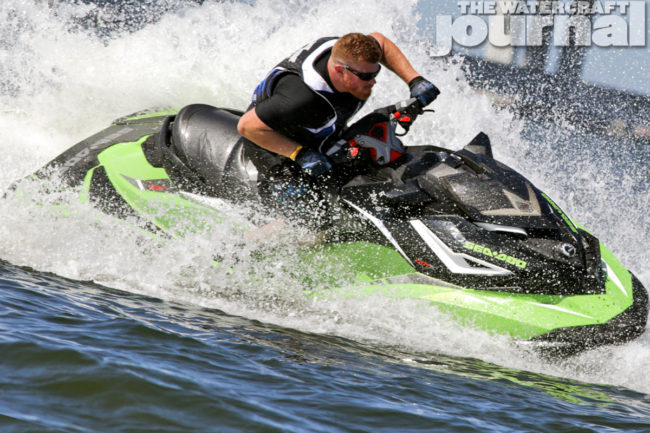
Sea-Doo
The brand gearing up for the biggest revolution in personal watercraft manufacturing has been doing so ever-so-quietly beneath many of our noses. Sea-Doo released two machines in 2017 that spell the inevitable future of the brand’s runabout lineup: the GTR-X and GTI ACE 900. Personally, we find the new GTR-X 230 one of the most outright fun machines we’ve ever had the pleasure of riding. The loose shallow-V hull of the GTI paired with the Ergolock seat of the RXP-X and powered by a torquier and hard-hitting supercharged ACE 1500 makes it an absolute blast to ride, but it is its CM-Tech deck that speaks loudest here.
Sea-Doo uprooted its conventional deck molding process for a new process of laying multi-layer thermoformed sheets of Acrylic and ABS into the mold before the fiberglass is injected. This results in a high gloss acrylic finish on the top deck that is more resistant to chipping and cracking due to the flexible nature of the acrylic sheets (as well as a smooth inner surface). This new, flexible CM-Tech material will be ideal when all medium and full-sized runabout hulls are eventually replaced with Polytec. *Gasp!* Yeah, you read that right. Sea-Doo is getting out of the fiberglass hull game…but not for a while. We give it 4-to-5 years before it all goes Polytech.
Sea-Doo’s new Spark-DNA-infused-GTI, the GTI ACE 900 is not a fluke or some runabout they built on a lark. There is a whole heck of a lot of forethought in this machine and it bears noting the incredible expense it took to develop a Polytec hull for a medium-sized runabout. Obviously, as of right now, the Polytech hull can only withstand the power delivered by the 90-horsepower ACE 900, but don’t expect that to last. We’ve heard of extensive testing involving a “Polytec 2.0” that will be able to handle the larger 130 and 155-horsepower Rotax engines (or 110-plus-horsepower ACE 3-cylinders. Hmm?) so a complete replacement of the fiberglass GTI hull is possible in the near future.
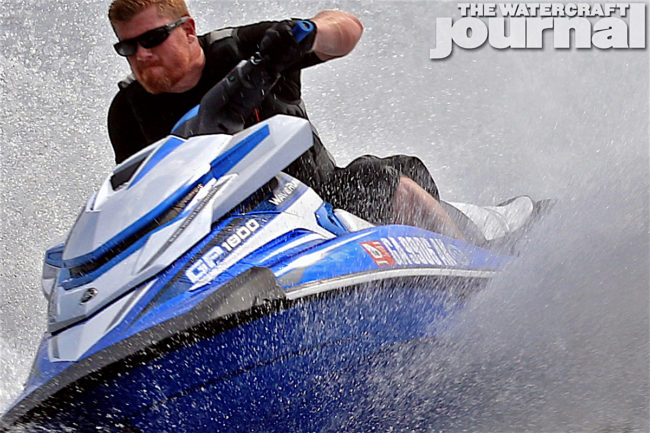
Yamaha
Right now, Yamaha execs are laughing all the way to the bank. Heck, they probably wake up laughing and choke a little while giggling through their morning cup of coffee. After all of the Internet hate about retiring the FZ Series and replacing it with a lightened and SVHO-powered VX – aptly named the GP1800 – the racing world is all but wholly in unison that this is the machine to beat. Currently, Dean’s Team has a Stock class GP1800 running 84 miles per hour, with a Limited class version running another 6-to-7 mph over that. The hull is fast, the powertrain is a proven powerhouse and the speeds just keep going higher. In fact, the biggest challenge is keeping the machine glued to the water.
Last year we predicted a TR-1 powered SuperJet, and with the reveal of the EX Series and its completely redesigned pump configuration and lower horsepower (100HP vs. 110HP), makes the complete EX powertrain a direct replacement for the outdated SuperJet. We’ve been told directly that Yamaha is very inclined to sit back and watch how Kawasaki’s SX-R sells this year, and see how sales behave during its second year before launching its “SJ1000” (the name we’ve heard a few times). Equally, Yamaha is big on tradition and anniversaries, and 2019 marks exactly 30 years from when the first SuperJet was introduced. While we’d love to see the 4-stroke SuperJet hit the streets a year earlier, it all makes logical sense when you think like a multi-million dollar corporation.
So for 2017, don’t expect much in the way of changes to its current lineup. Yamaha squeezed a few new models into the gray areas it had in its line (the VX Cruiser HO and FX Cruiser Limited), so we’re thinking they’re pretty tidy in their offerings. New colors and graphics will be enough to satisfy most although we’re tickled with the idea of a 125-horsepower EX GP, but that’s a story for another day.


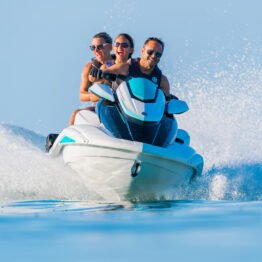






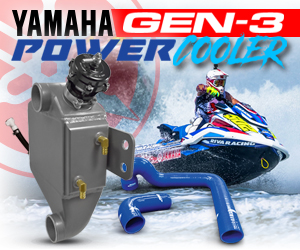


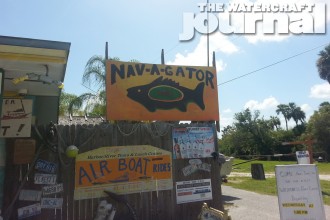
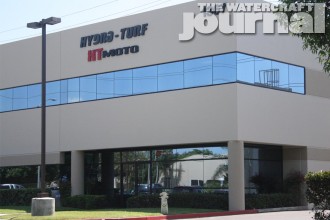

Kevin, always enjoy reading your digital TWJ. Appreciate the pwc reviews. Keep up the good work. Dave Carnley–Pensacola, Fl.
Thank you, Dave! Much appreciated.
So basically nothing new for 2018 is what i’m reading…right? Thanks Kevin for the update.
Kevin, you may have to start adding Nick Burton (Krash) to your lineup. 🙂